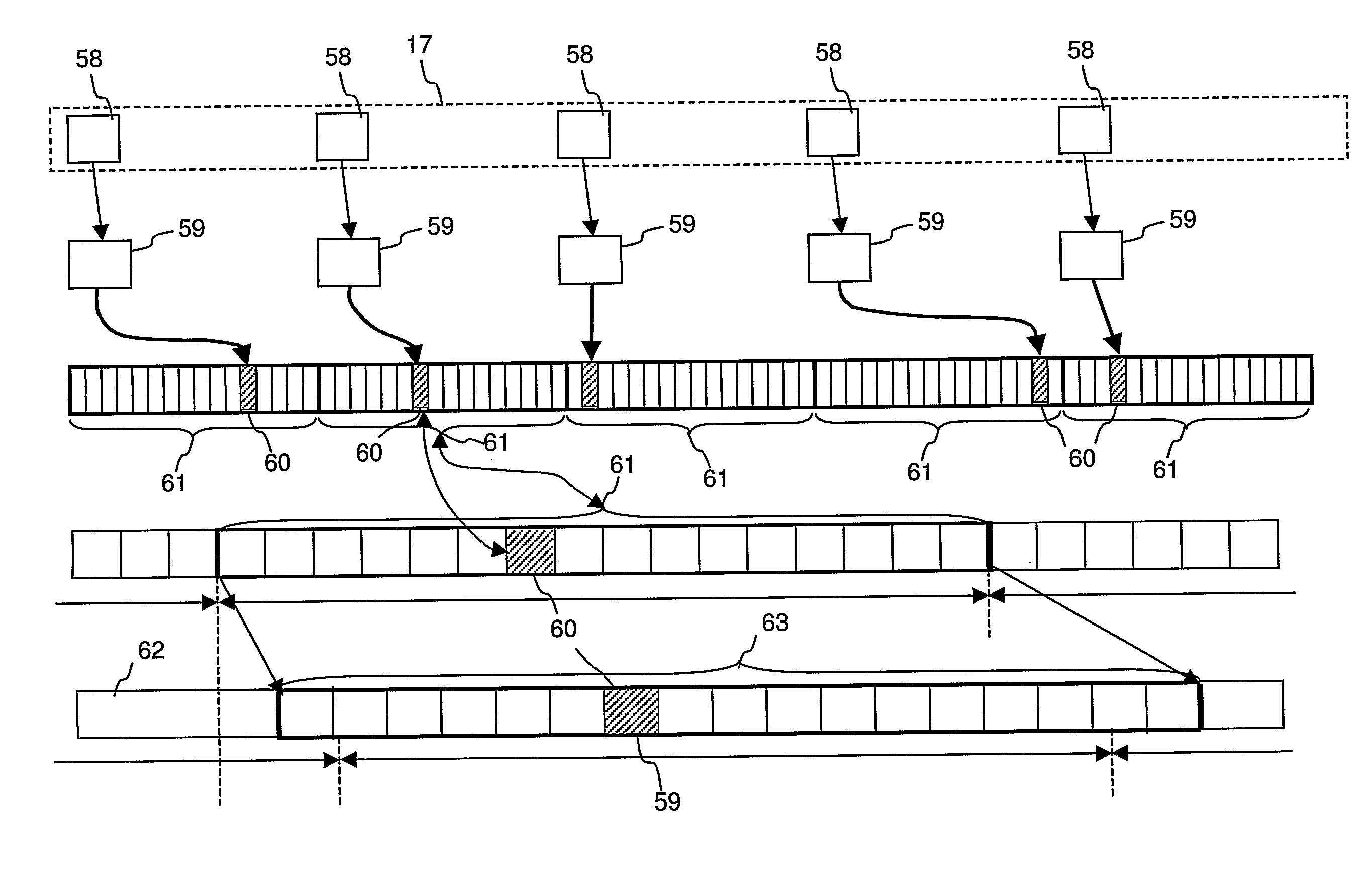Acoustic Robust Synchronization Signaling for Acoustic Positioning System
a synchronization signal and synchronization signal technology, applied in the field of acoustic positioning methods and systems, can solve the problems of high cost, low cost of toy technology, and inability to provide low-cost toy technology, and achieve the effect of improving the accuracy of the fixing position
- Summary
- Abstract
- Description
- Claims
- Application Information
AI Technical Summary
Benefits of technology
Problems solved by technology
Method used
Image
Examples
Embodiment Construction
[0102]The principles and operation of a positioning system and method according to the present invention may be better understood with reference to the drawings and accompanying description.
[0103]Before explaining at least one embodiment of the invention in detail, it is to be understood that the invention is not limited in its application to the details of construction and the arrangement of the components set forth in the following description or illustrated in the drawings. The invention is capable of other embodiments or of being practiced or carried out in various ways. Also, it is to be understood that the phraseology and terminology employed herein is for the purpose of description and should not be regarded as limiting.
[0104]Reference is now made to FIG. 1, which is a simplified illustration of a positioning system 10 according to a preferred embodiment of the present invention. Positioning system 10 comprises two main parts: a positional assembly 11 mounted on a positional ...
PUM
 Login to View More
Login to View More Abstract
Description
Claims
Application Information
 Login to View More
Login to View More - R&D
- Intellectual Property
- Life Sciences
- Materials
- Tech Scout
- Unparalleled Data Quality
- Higher Quality Content
- 60% Fewer Hallucinations
Browse by: Latest US Patents, China's latest patents, Technical Efficacy Thesaurus, Application Domain, Technology Topic, Popular Technical Reports.
© 2025 PatSnap. All rights reserved.Legal|Privacy policy|Modern Slavery Act Transparency Statement|Sitemap|About US| Contact US: help@patsnap.com



